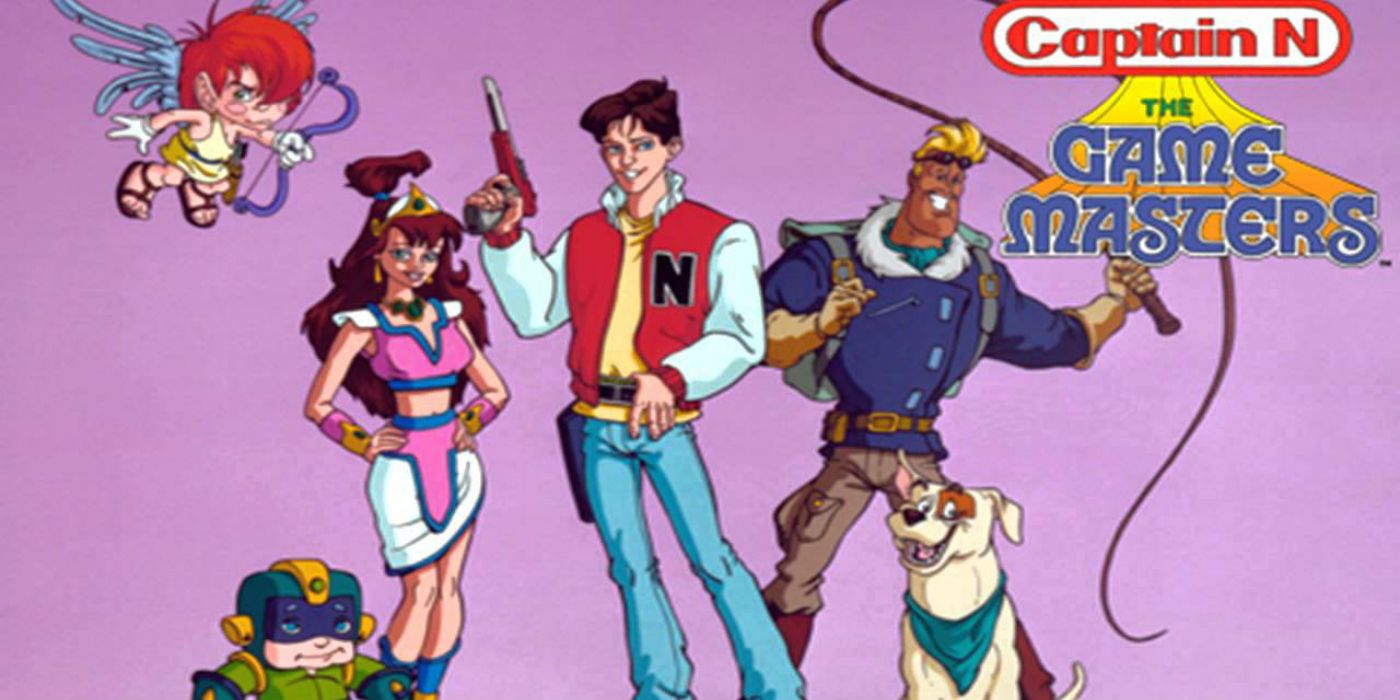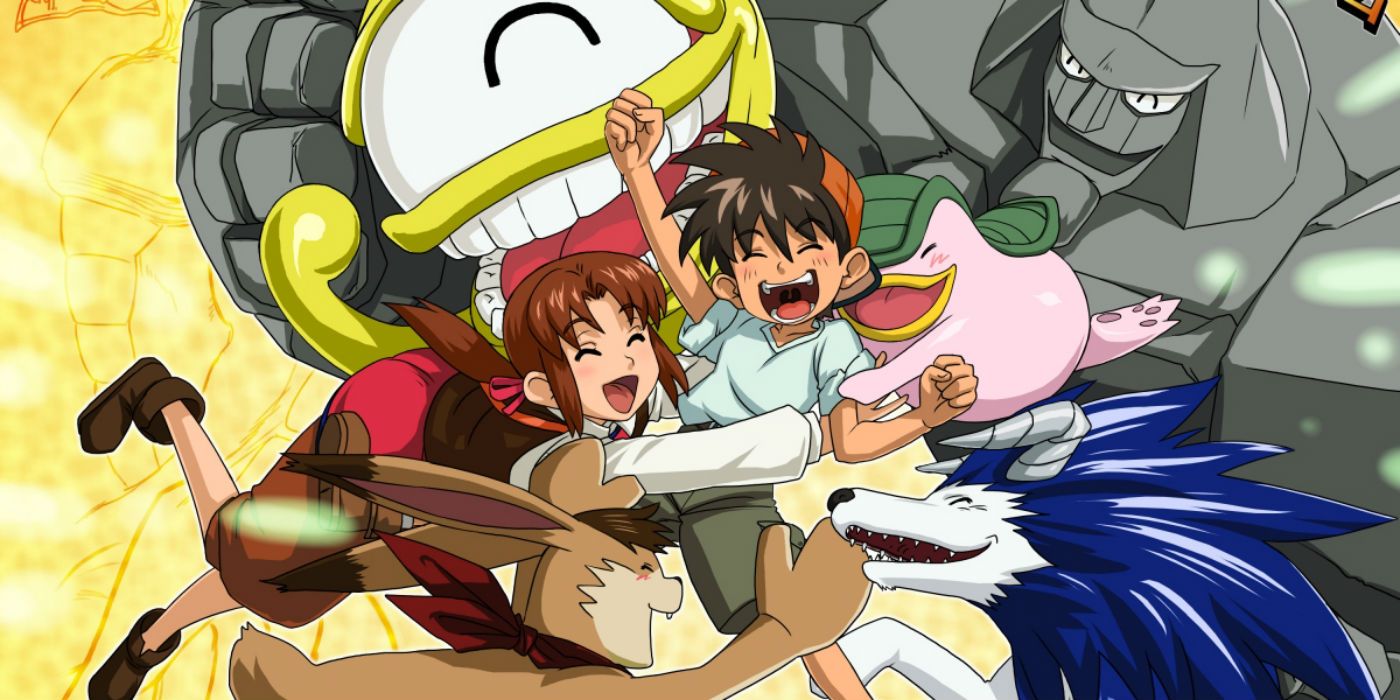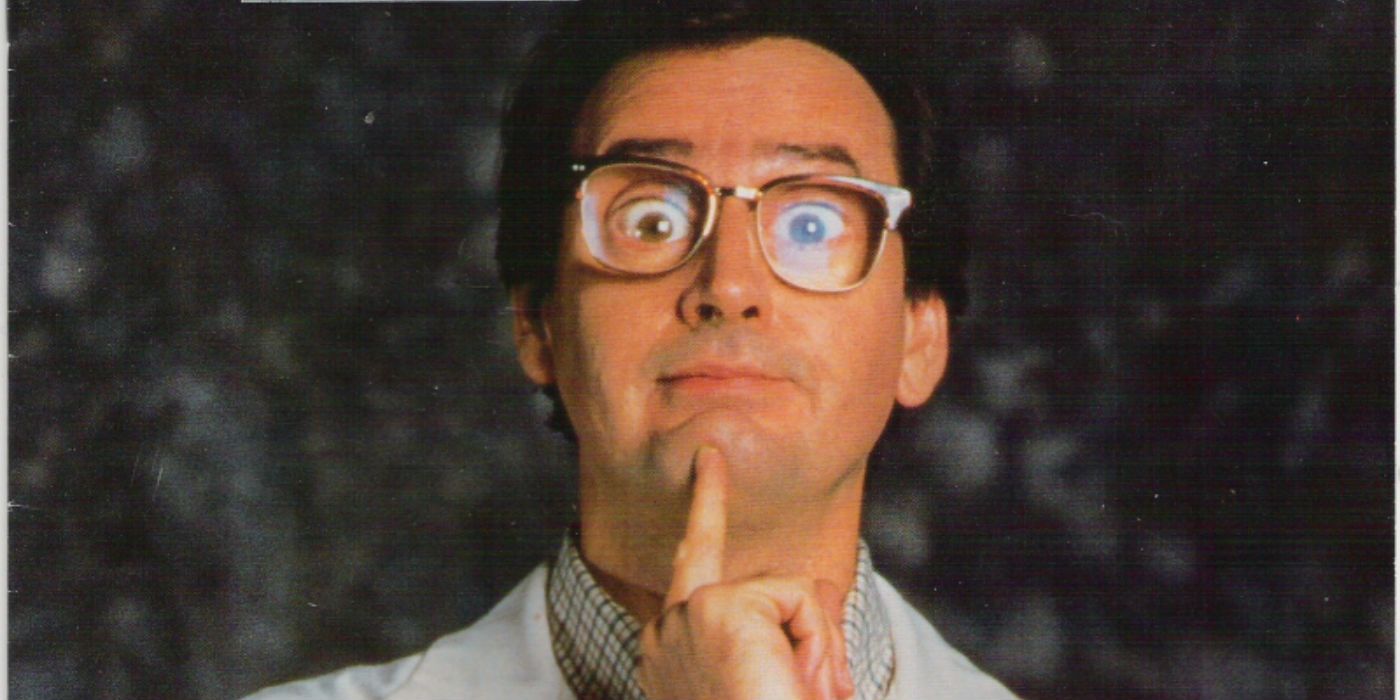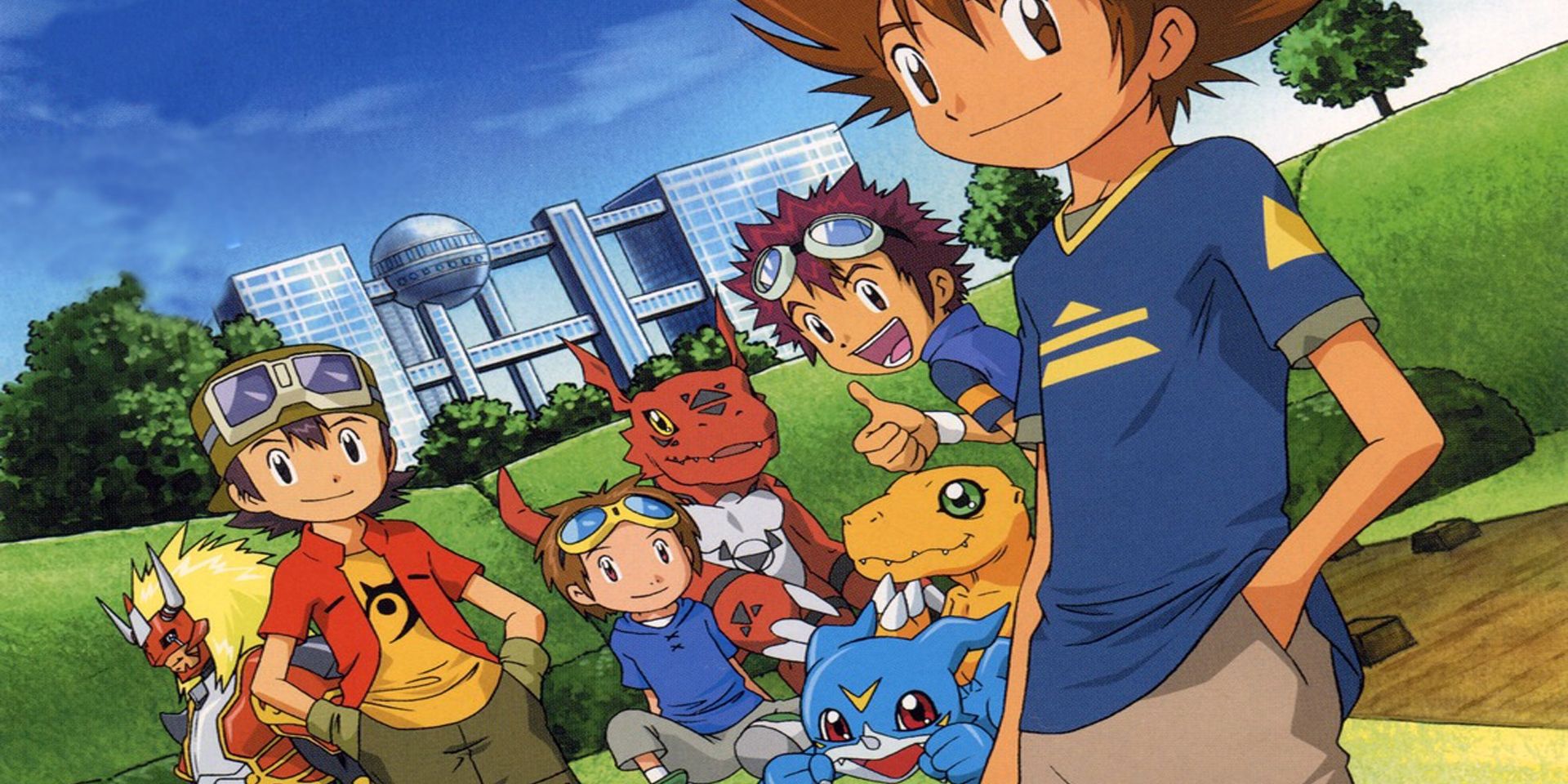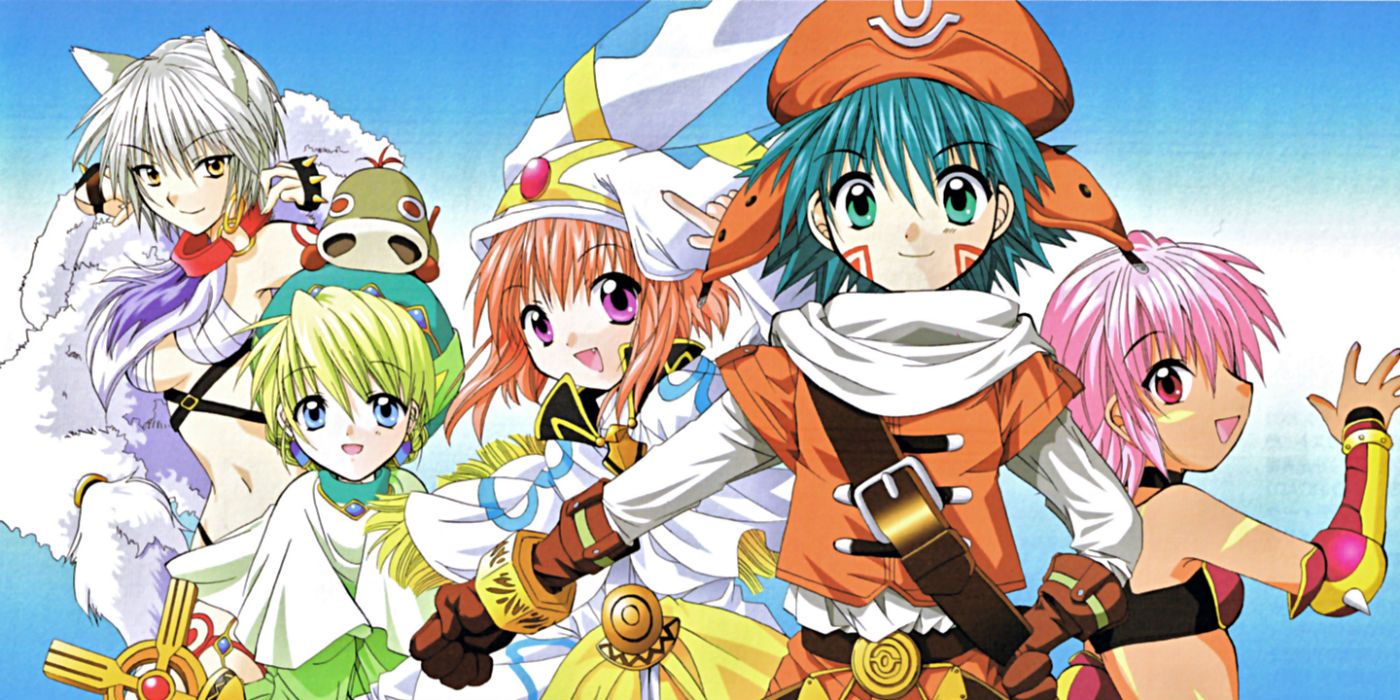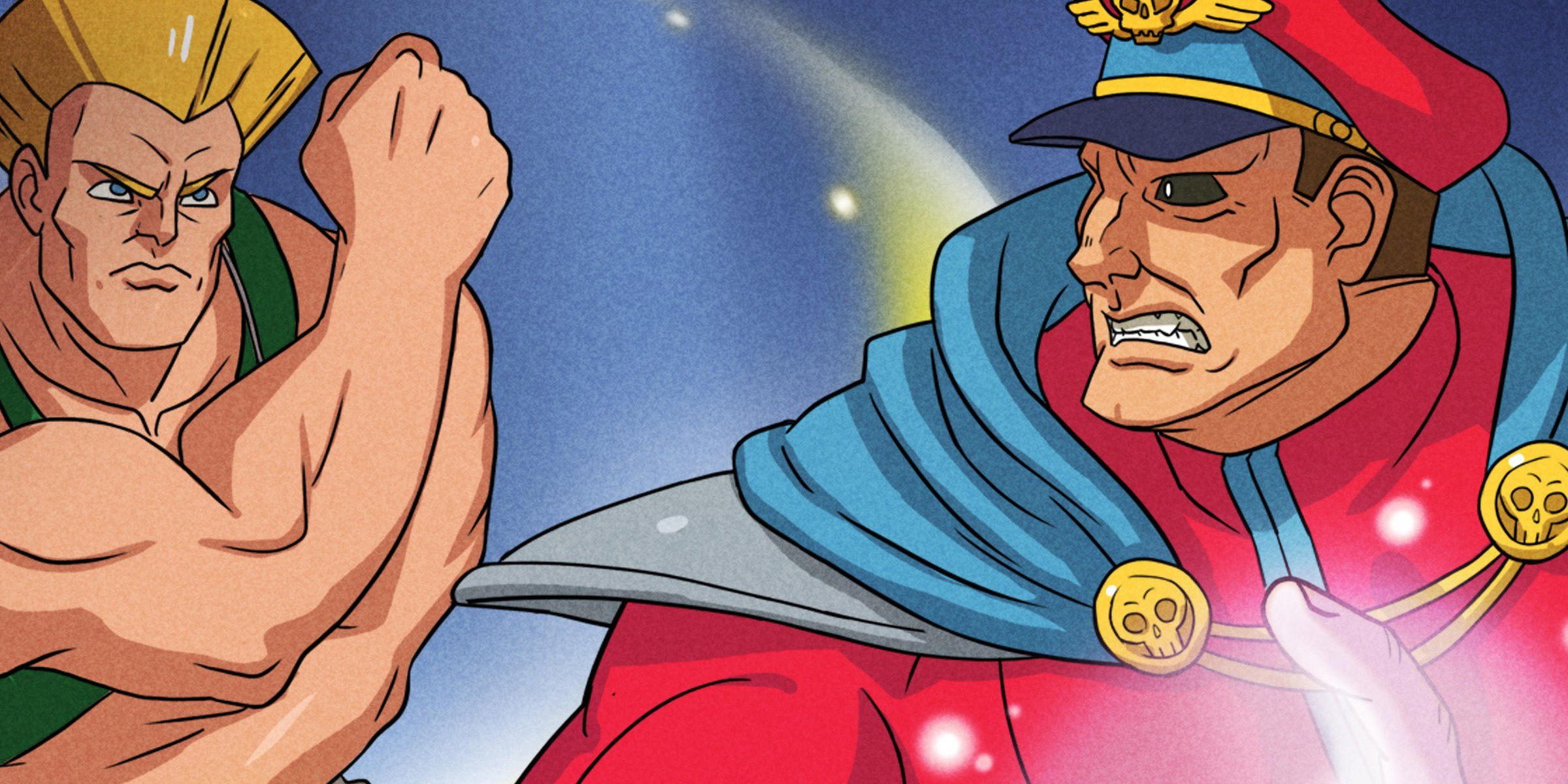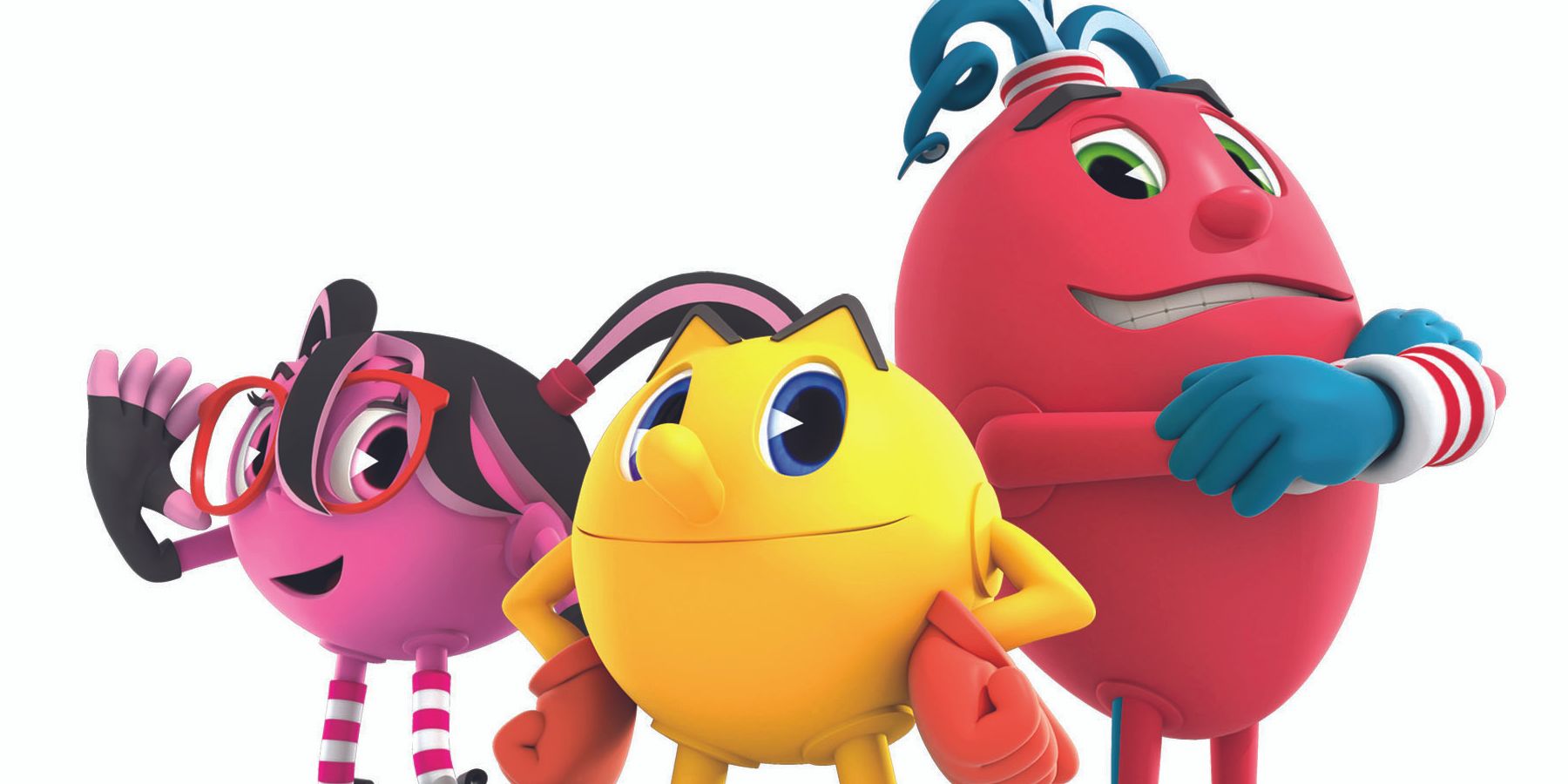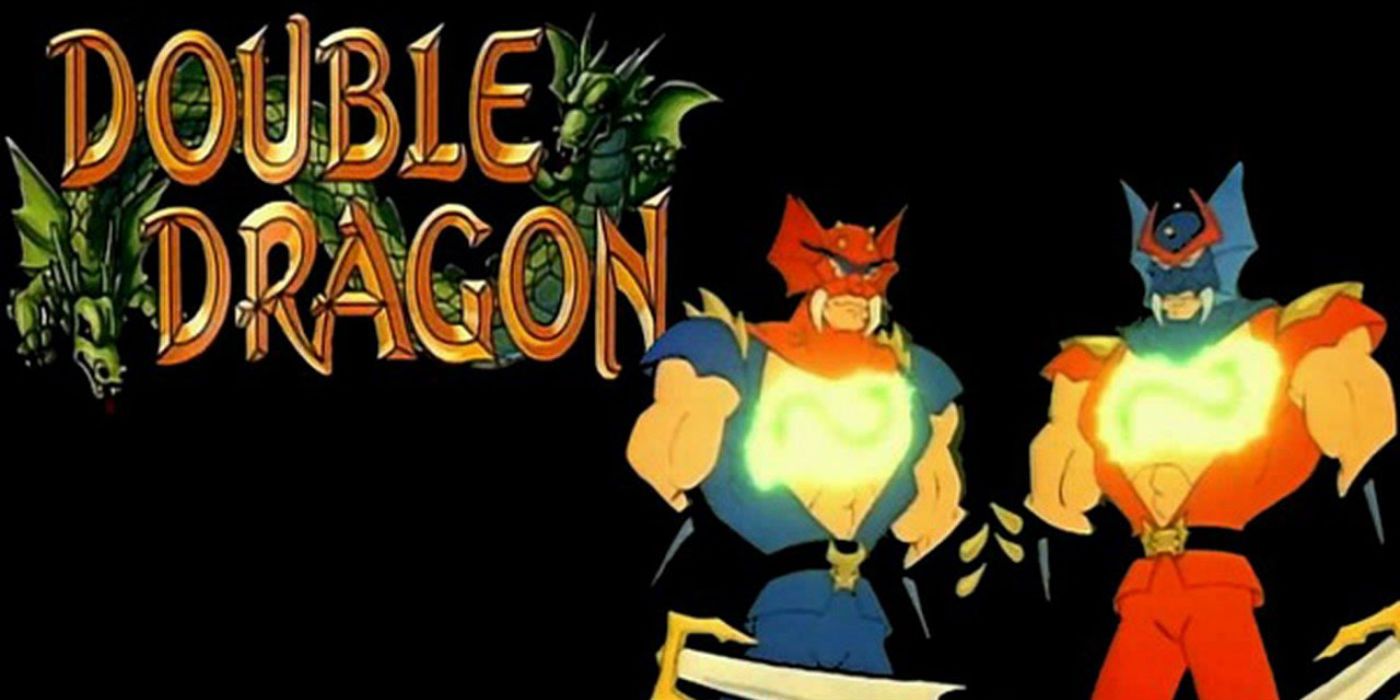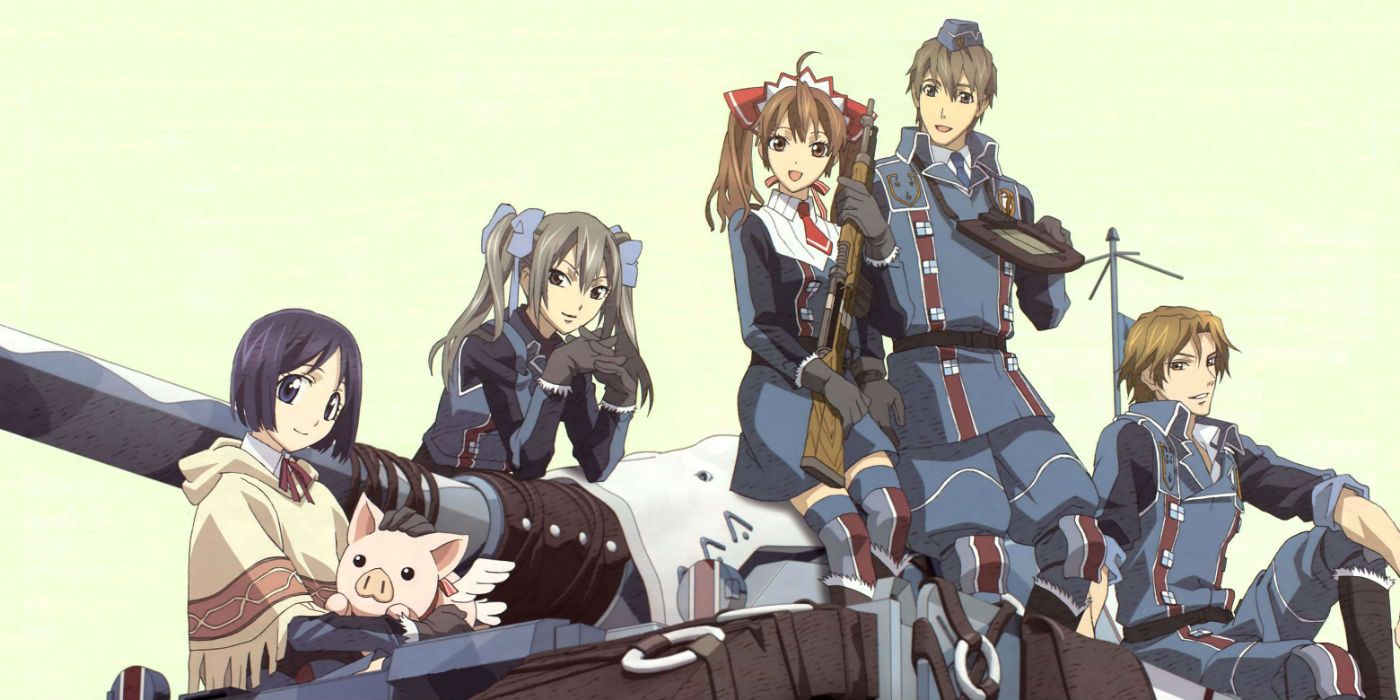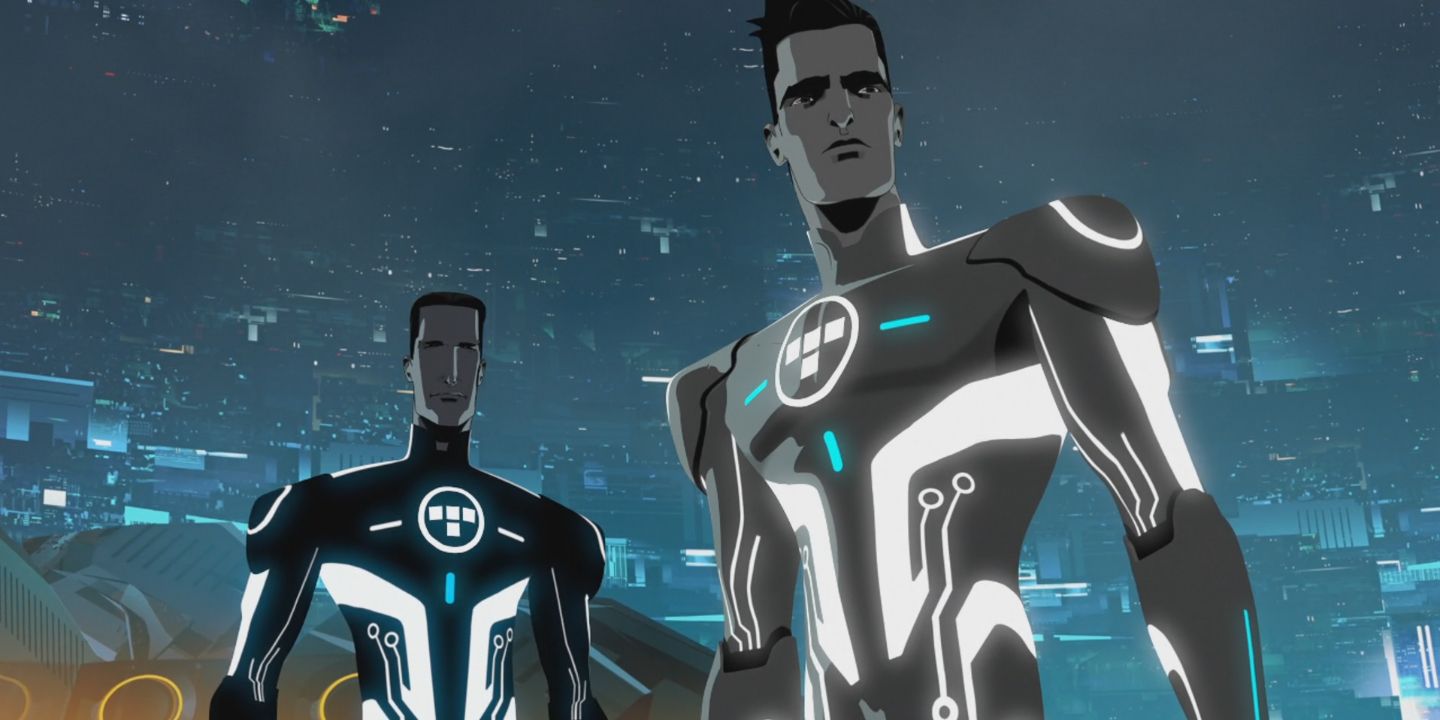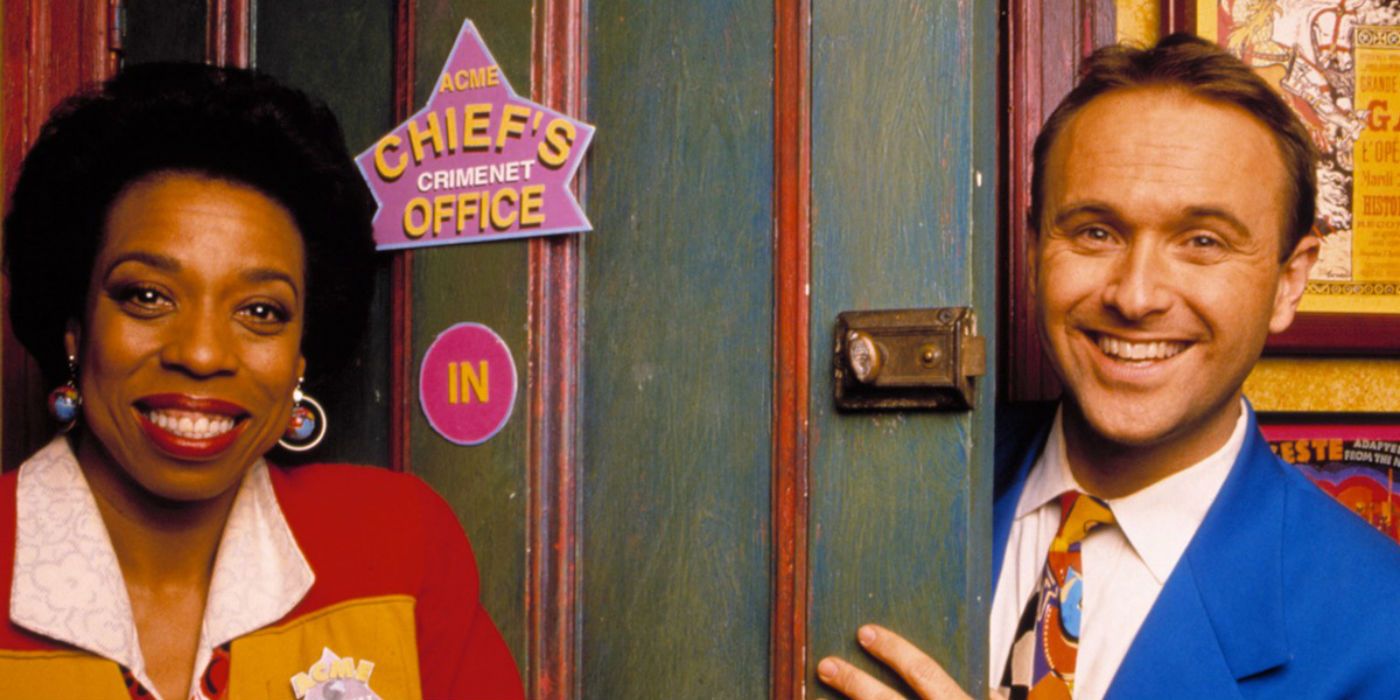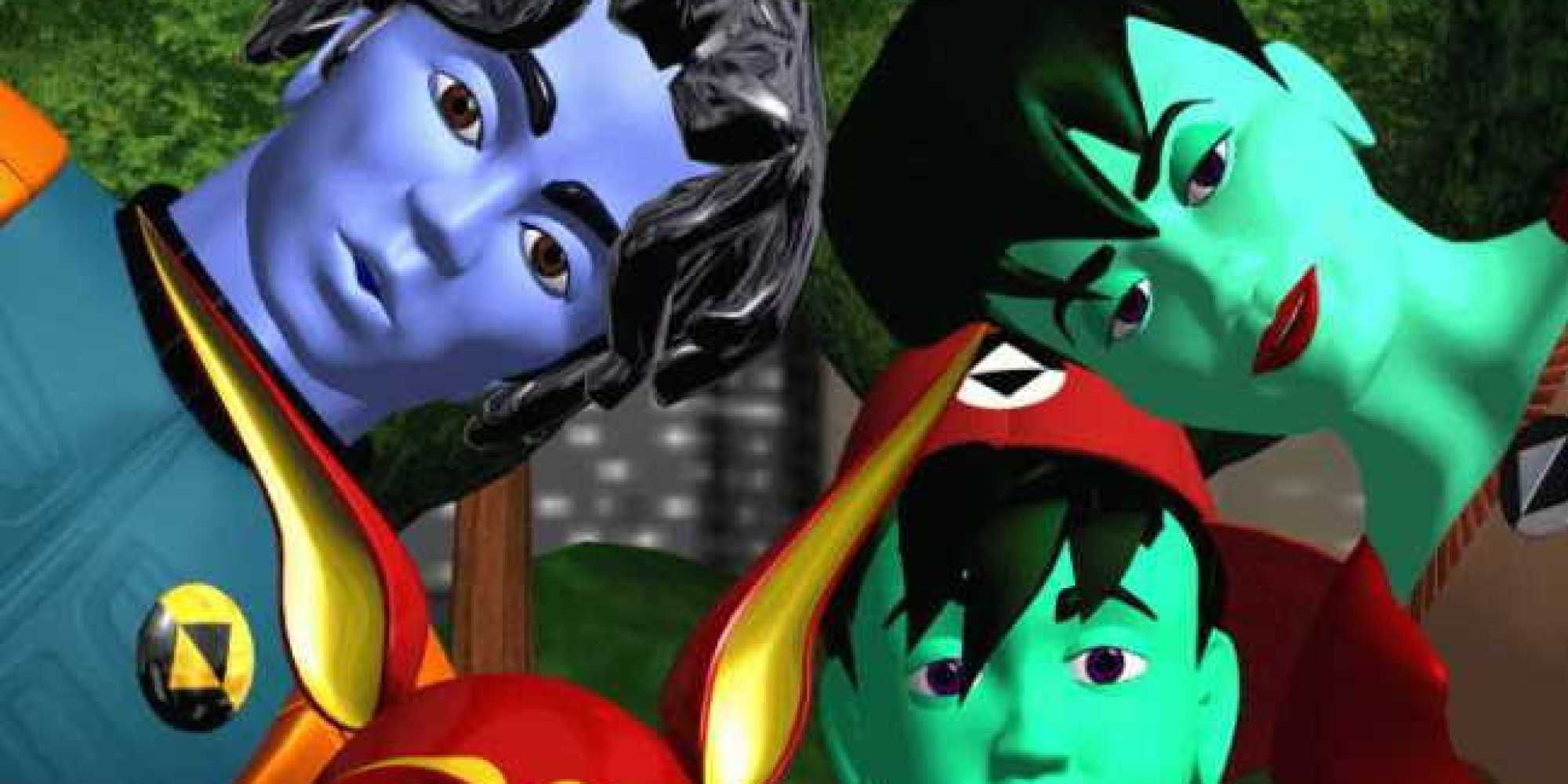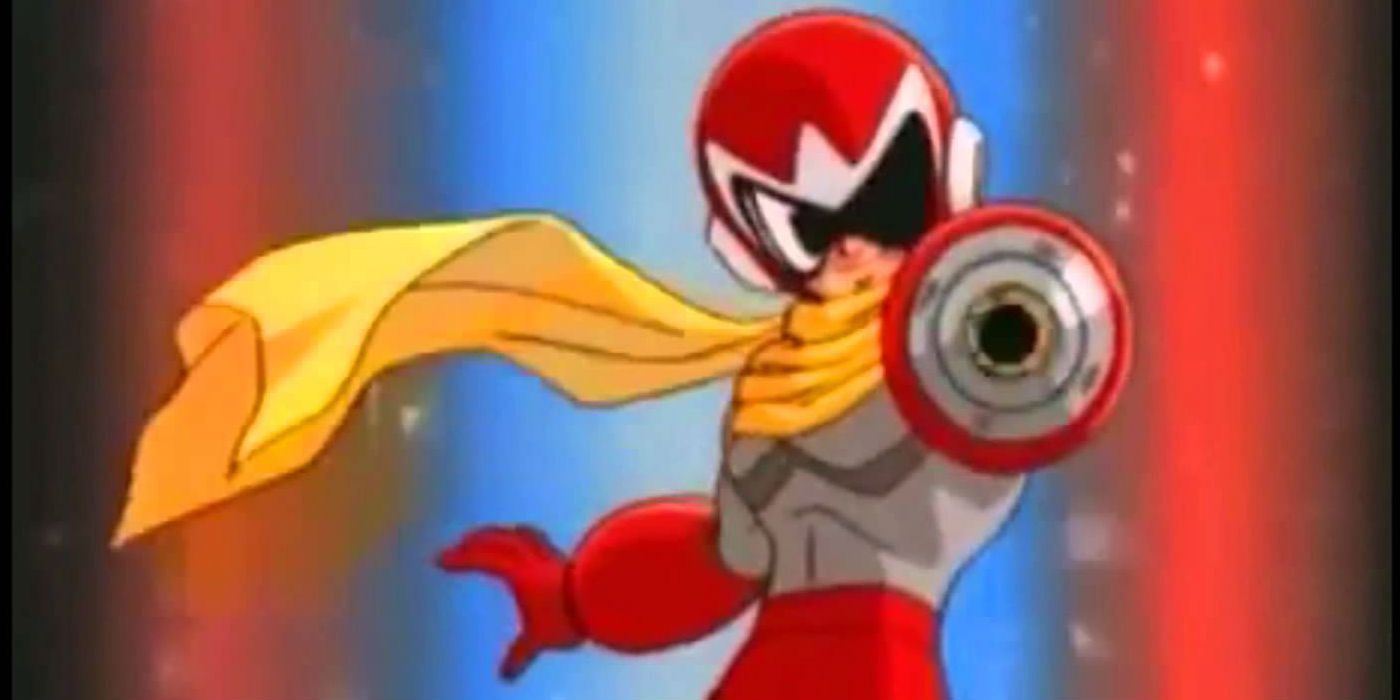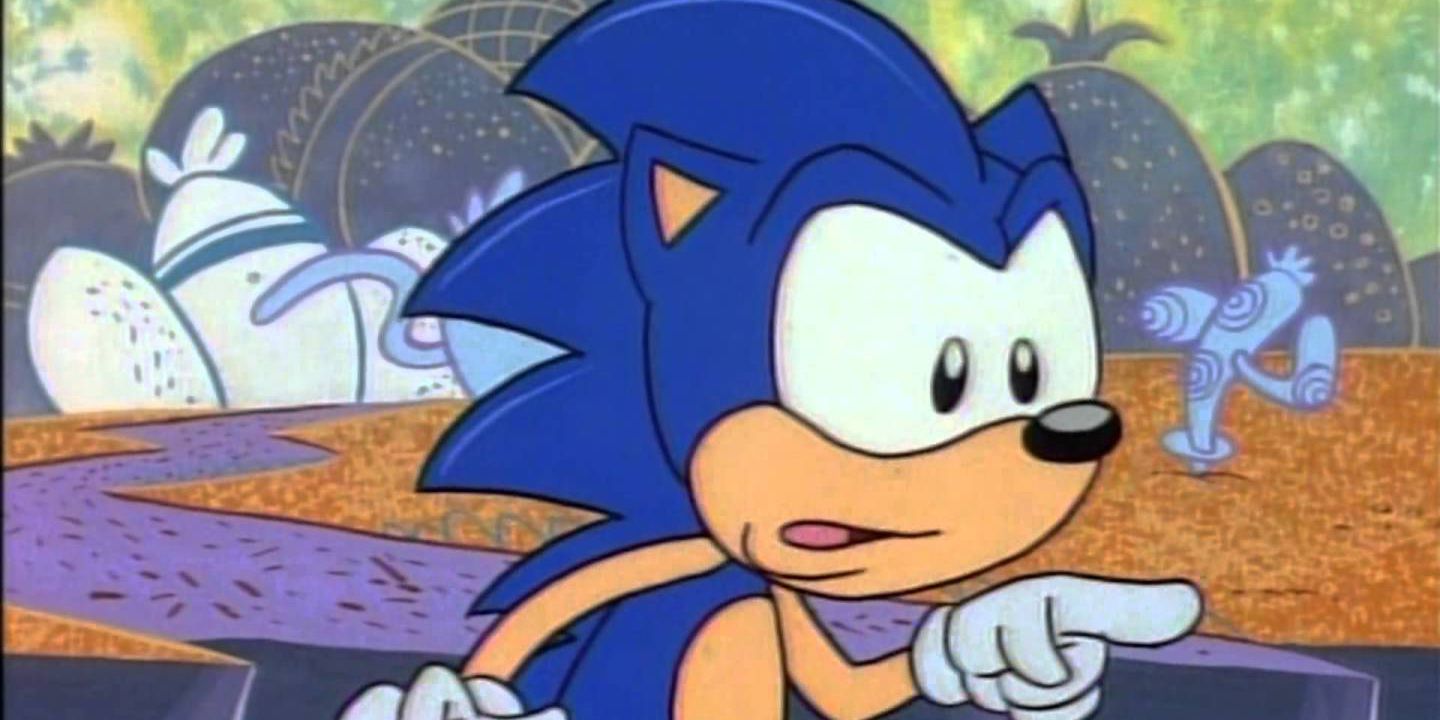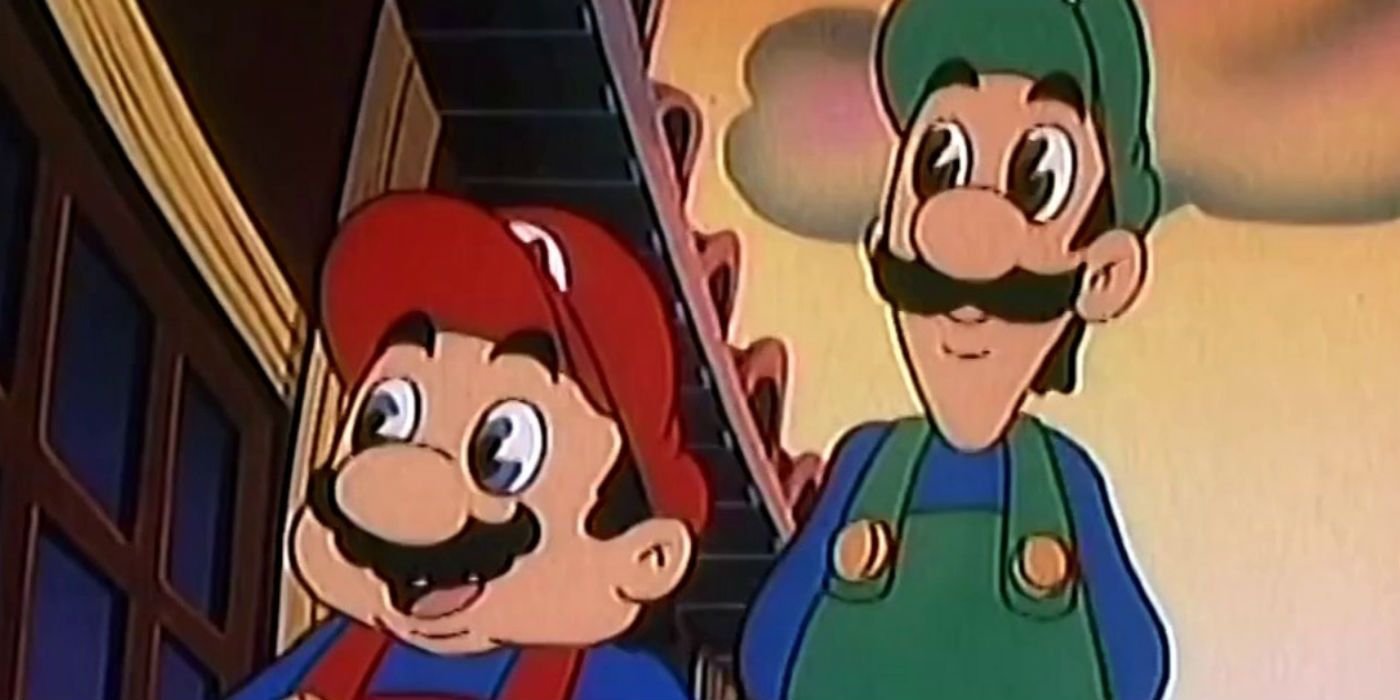Modern video games are often an epic narrative unto themselves, but it wasn't always that way. Once upon a time, video games lacked narrative elements entirely, reserving every precious byte of memory for gameplay. As a result, the fans of these games were left clamoring for more of their pixelated heroes. To address this need, TV producers began crafting series starring video game characters or set in the context of video games.
RELATED: 15 Video Game Adaptations That Netflix Needs To Make
Today, we have a number of very successful TV shows that draw their material from video game franchises. In fact, new series are currently in the works for various video game properties, including Castlevania and Mega Man. Back in the day, though, video game TV shows would often wink out of existence after just one or two seasons, leaving fans nostalgic of days gone by. What follows are 15 of the best video game TV shows that you forgot existed.
15 MONSTER RANCHER
With names like "Pokemon" and "Digimon" flooding across so many aspects of consumer consciousness since the mid-90s, casual fans may be forgiven for failing to recognize the name "Monster Rancher." Despite lacking the broad name recognition that its competitors enjoy, Monster Rancher represents a video game series that spans more than a dozen entries starting in 1997, from which an anime TV series based closely on the games' plotlines and gameplay sprung. The anime series, which premiered on Japanese TV in 1999 before being syndicated in several other countries, follows the adventures of Genki Sakura who, after being transported into a video game world, becomes a monster breeder. Genki joins forces with Holly, another monster breeder, in her quest to find the legendary Phoenix. Along their adventures, Genki, his monster Mocchi, and their friends find themselves ensnared in an epic series of battles against the Moo, the nefarious ruler of the video game world.
Despite its resemblance to Digimon and, to a lesser degree, Pokemon, Monster Rancher holds a special place in the hearts of its fans, thanks in part to its continuity of character and a fair dose of fan service from its creators, such as Genki's appearance in 2011's mobile game, "My Monster Rancher."
14 MANIAC MANSION
In its heyday, LucasArts was a dominant force in the PC gaming world. Between 1990 and 1995, LucasArts dropped "Dark Forces," "Tie Fighter," "X-Wing," and a spate of point-and-click adventures that included classics like, "The Secret of Monkey Island," "Monkey Island 2", "Indiana Jones and the Fate of Atlantis," "Sam & Max Hit the Road," "The Dig" and "Full Throttle." The first major hit for George Lucas' gaming company (then known as Lucasfilm Games), however, came in 1987 in the form of quirky, non-linear adventure "Maniac Mansion," which followed a group of teenagers as they investigate strange goings-on at the creepy mansion home of the Edisons: Dr. Fred, Nurse Edna and Weird Ed.
When the game was adapted for TV in 1990, many fans were surprised to find that the focus of the show had changed the focus to the Edison family, which had been changed with respect to composition, personalities and locale, and the feel of the story had gone from horror/comedy to situational comedy. For all of the changes to the mood and players during the Maniac Mansion's transition from computer screens to TV screens, the series managed to earn fans thanks to sharp comedic writing.
13 DIGIMON ADVENTURE
Like "Monster Rancher," the Digimon universe is centered around raising monsters. Unlike most of the shows on this list, "Digimon Adventure" is based not on an arcade game, PC game or even a console game, but on a virtual pet: a keychain-affixed game in which the player is expected to care for and train a pet monster. After a year as the "it" toy of the holiday season, Digimon had lodged itself deeply enough into the minds of Japanese and American youths that the television series, "Digimon Adventure," was created. The series follows seven children who have been sucked into a digital world where they become powerful monster trainers.
Although "Digimon Adventure" finds its origins in a handheld virtual pet, the sudden popularity of the property birthed two Japanese console games less than six months prior the series premiere and would lead to two movies and a litany of additional video game titles.
12 .HACK//SIGN
An expansive property that runs from video games to anime series to print media, “.hack” debuted in 2002 as a video game and an anime series called the Project “.hack” storylines are primarily focused on kids and adults who play a massively multiplayer online roleplaying game called “The World.” The story spans both the "real-world" interactions between the characters and their interactions as avatars within the game world. Despite any metaphysical thoughts the viewers of .hack//SIGN may experience while watching people playing games in a virtual world, the stories stay away from the fourth wall. They focus instead on the relationships between the characters and the morality of working for a faceless corporation, especially when that corporation has power over a game like The World that means so much to so many.
“.hack//SIGN” is really just the tip of the iceberg when it comes to the .hack story, so be forewarned before you venture in for the first time. “Project .hack” alone counts two anime series, six video games and two anime companions to the video games, not to mention novels or the .hack Conglomerate initiative, which includes eight video games and multiple anime releases.
11 STREET FIGHTER
"Street Fighter II" is one of the most popular video games of all-time, so it's little wonder that Capcom would want to parlay that popularity into a franchise that would spread across multiple platforms and media. That plan would face some hiccups along the way, with additional iterations of "Street Fighter II" overshadowing other efforts, including the ill-fated 1994 feature film, "Street Fighter," starring Jean-Claude Van Damme, Raul Julia and Kylie Minogue.
On the small screen, "Street Fighter" was incarnated as not one but two animated series, and each lasted only a short while before being absorbed into the annals of history. "Street Fighter II V" was a 29-episode anime series that focused on the martial artists, Ryu and Ken, while "Street Fighter," an animated series airing in the United States for two seasons, centered around a fighting force led by Guile. Both series hinged on the criminal actions of M. Bison's shadowy organization; however, the themes and rosters of the shows diverged in some respects.
10 PAC-MAN AND THE GHOSTLY ADVENTURES
Considering the level of abstraction present in the video game, "Pac-Man" is a testament to both the love the game's fans have for the property and the creativity of the show's creators (a group that happens to include Marvel Studios founder, Avi Arad). "Pac-Man and the Ghostly Adventures" lasted just one season, with just 52 episodes over three years. Then again, with characters sporting names like Dr. Buttocks and Count Pacula, it's probably no wonder that viewers have taken to the series' approach.
“Ghostly Adventures” re-imagines Pac-Man as a teenager whose friends Cylindria and Spiralton are high school students in the city of Pacopolis. The four ghosts from the classic arcade game, Blinky, Inky, Pinky and Clyde, are conscientious objectors under the rule of Lord Betrayus in the TV series, choosing to help Pac-Man and his friends resist the evil machinations of Betrayus and Apex, a shadowy master manipulator intent on dominating Pac-World. The cartoon series has found itself in limbo of late, but newcomers have the option of exploring this new take on the characters of "Pac-Man" in the form of a mobile game and a console video game, in addition to DVDs of the series itself.
9 DOUBLE DRAGON
As one of the first two-player "beat 'em up" arcade games, "Double Dragon" made its name by pioneering cooperative fighting mechanics in video games. By allowing siblings and friends to brain villains (and one another) at the same time, "Double Dragon" brought teamwork to unmatched levels and earned the series its place in the video game hall of nostalgia. The years were not kind to the Double Dragon series, though, and it soon receded from the forefront of video game franchises.
In 1993, Billy and Jimmy Lee made a comeback starring in an animated series as twins separated at birth and raised by good and evil martial arts masters, respectively. Having been betrayed by his sensei, the Shadow Master, Jimmy joins his brother Billy as a Dragon Warrior, and, as a team, the two help law enforcement battle the criminal elements of Shadow Master's forces. In the series, Billy and Jimmy have the ability assume super-powered alter egos when they cooperate, adding a conditionality to the team's fighting effectiveness and drawing from one of the more appealing dynamics of the series' video game source material.
8 VALKYRIA CHRONICLES
Although "Valkyria Chronicles" bowled over video game critics the world over when the game was released, its sales were relatively lackluster outside of Japan. Inside of Japan, however, fans went wild over the deep, emotional story and role-playing elements of the initial release, and were soon rewarded with a pair of video game sequels and an anime series that hugged the original game's plot tightly.
Blending themes of war, racism and imperialism with tremendously well-rounded characters, "Valkyria Chronicles" packs more emotional firepower in 26 episodes than most cartoons do in twice as long. The the plot follows a ragtag group of community militia members who must make a stand against a seemingly endless host of Imperial soldiers commanded by a haughty Emperor and his mysteriously-powered second-in-command; however, amid its uncanny echoes of World Wars past, "Valkyria Chronicles" manages more than one powerful love story wrapped in its endearingly silly sense of humor.
7 TRON: UPRISING
The movie "Tron" was once seen as a watershed moment in the world of technology, especially as it pertains to visual effects. It did not age well, however, and was quickly pushed into the periphery of popular culture as a quaint memory. Disney would go on to release a sequel to the movie almost 30 years later, but despite glitzy effects and an extremely slick stylization, the film underperformed in the box offices.
Disney actually released an animated television series in 2012, which was set between the two films; however, many fans are unaware that the series ever happened. In what is really a TV series based on a movie about a video game, "Tron: Uprising" was an incredibly well-represented series, drawing voice talent from Elijiah Wood, Mandy Moore, Paul Reubens, Olivia Wilde and David Arquette. Visual inspiration came by way of Alberto Mielgo, who won an Emmy for art direction. For all of the star power and strong critical reviews, and despite beefing up the story and mythos of the Tron universe (a complaint voiced in response to Disney's 2010 film, "Tron Legacy"), "Tron: Uprising" only lasted a mere 19 episodes, derezzing due to lack of viewership in January 2013.
6 WHERE IN THE WORLD IS CARMEN SANDIEGO?
Long ago, in a time before online gaming, before those funny little cases you'd load a CD-ROM into -- heck, before even the 3.5" disks -- people used 5.25" floppy disks to play computer games. It was with those delicate black disks that tens of millions of children and young adults learned about geography while hunting the renowned thief, Carmen Sandiego, and it was out of the data on those spinning magnetic membranes that sprung the most popular game show in the history of American public television.
"Where in the World Is Carmen Sandiego?" was, in broad strokes, an amalgam of "Jeopardy! Teen Tournament," a roleplaying game, and an a capella concert. And yet, somehow, it was still entertaining, at least within the target demographic. In addition to pulling off an unlikely combination of education and entertainment, the series managed to earn 6 Emmys and a Peabody award between 1992 and 1997.
5 REBOOT
"ReBoot" was a cartoon that was simultaneously ahead of its time and a throwback to a time already forgotten. The show was set, much like the movie "Tron," inside of a computer, with the main characters representing program elements inside of a mainframe. Unlike "Tron," "ReBoot" was completely computer-generated, becoming the first entirely CGI half-hour television series in history. Today, the graphics of ReBoot seem painfully outdated, but audiences of the day would tune in to each episode with eyes wide and minds blown.
What cemented the legacy of ReBoot, however, was the series' wit and watchability. Following Bob the Guardian, Dot Matrix and Enzo, episodes could work themselves up to cinematic levels of action and tension, dropping cultural references and subtly breaking the fourth wall the whole while. After all, how many other nascent cartoons have the chops to make references to "Aliens," "THX 1138," "Hitchhiker's Guide to the Galaxy" and "Star Trek: The Next Generation" in the first two episodes of the series?
4 MEGA MAN
Earning your stripes on the platform jumps of the first three entries to the "Mega Man" video game series is considered a rite of passage for gamers of all ages and, it's rumored, a form of torture in some regions of the world.
From the nostalgia of the shared struggle of the decades-long battle against Dr. Wily and his misguided creations was birthed an iconic, if short-lived, 1994 animated series, starring Mega Man and his faithful robot dog, Rush. The approach for the animated series, "Mega Man," was to go straight down the middle (in a manner of speaking), with an evil scientist regularly unleashing his evil plans on society and employing a roster of henchmen that would not feel out of place listed alongside the Flash's Rogue's Gallery. Still, the series wasn't without its signature twists. For example, the dynamics between Drs. Light and Wily, Mega Man and Mega Man's brother, Proto Man, are laced with a nuance that helped the series hang together as a whole and to persist as a memorable entry into the Mega Man mythos.
3 ADVENTURES OF SONIC THE HEDGEHOG
Sonic the Hedgehog has benefited from significantly more success than most of the other titles on this list, with dozens of video game entries and six animated series to the property's credit. Buried under those appearances, however, is the original 1993 animated TV show, "Adventures of Sonic the Hedgehog."
Premiering just two years after the first entry into the Sonic the Hedgehog video game franchise, "Adventures of Sonic the Hedgehog" was a hyperkinetic take on the Sonic universe that featured versions of Sonic and Tails that were aimed toward a younger crowd than subsequent installments of the Sonic family of series. The effervescence of the series is probably best reflected in the villains, Dr. Robotnik and his henchmen, Scratch, Grounder, and Coconuts, who would regularly resort to histrionics after being confounded by Sonic and his friends. Though the series lasted only 65 episodes (plus a pilot and a special), the distinct art style and high energy of the show make "Adventures of Sonic the Hedgehog" a classic embodiment of one of the most influential video game characters ever.
2 SUPER MARIO BROS. SUPER SHOW
By the time "The Super Mario Bros. Super Show" rolled around in 1989, the variety shows of the ‘60s and ‘70s were a distant memory. Luckily for all of us, DIC Entertainment, the company that brought us such late-80s animated series classics as "Inspector Gadget," "Kissifur," "COPS," M.A.S.K." and "The Real Ghostbusters," rolled the dice on a campy variety show bookended by a former pro wrestler and the bartender from "The Jeffersons," dressed as a pair of video game plumbers.
The live-action portions of the show -- as fun and ridiculous as they were -- were just the framework for some of the best video game-based cartoons of the era. The meat of the "The Super Mario Bros. Super Show" was a cartoon, either Super Mario Bros. or, on Fridays, The Legend of Zelda. Based on the premise that the live-action hosts, Luigi and Mario (portrayed by the incomparable Captain Lou Albano), became animated characters during the segment, the brother plumbers would do battle with King Koopa alongside Princess Peach and Toad. Even though the show lasted just one season, its eminently entertaining video game-themed episodes will forever remain a gem of the late-80s.
1 CAPTAIN N: THE GAME MASTER
If you're old enough to remember "Nintendo Power" magazine, you might remember the animated series, "Captain N: The Game Master," which starred Captain N, a mascot of sorts for the hugely popular mag. After being sucked into a video game world, Kevin Keene was conscripted by Princess Lana of Videoland to face off against some of the coolest animated representations of video game villains ever created (like Mother Brain, King Hippo and Eggplant Wizard) alongside the N Team, which included his dog, Duke, and a cast of classic Nintendo heroes like Simon Belmont, Kid Icarus and Mega Man.
The series saw Kevin use his trusty NES Zapper battle the colorful cast of NES villains for 34 episodes over the course of three seasons. If you ever wanted to live in a classic video game (and haven't passed out from the rush of the nostalgia to the head), “Captain N: The Game Master” might be a video game series you should rediscover.
What was your favorite video game-based TV show? Let us know in the comments!

